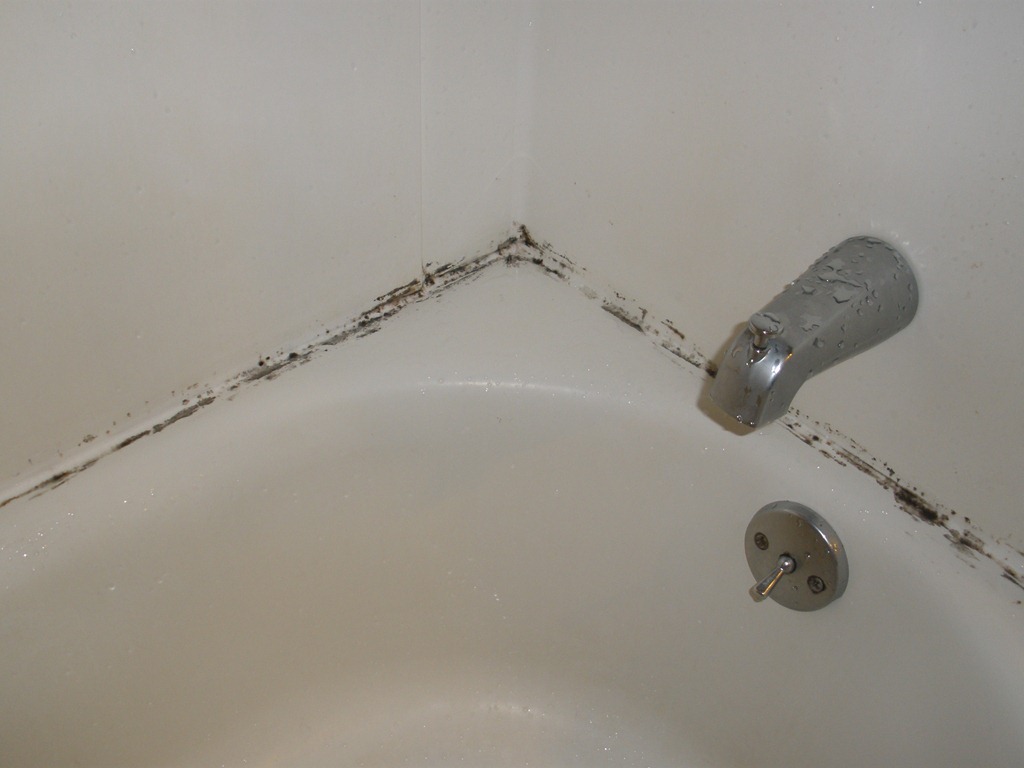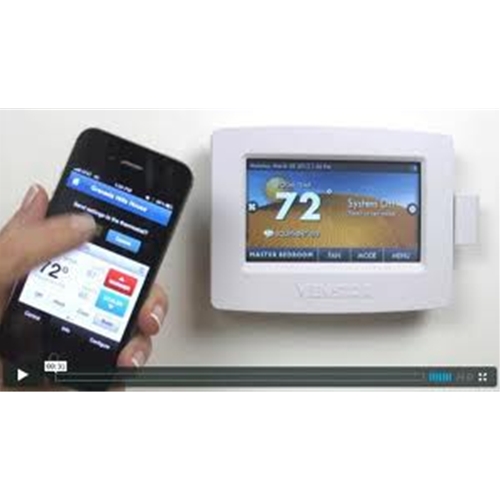If you’re like many snowbirds who are closing up their southern residence and heading back north for the summer months, you’ll want to protect your home or condo against high humidity, flooding and mold and mildew before leaving. Summer in Florida and other points south means oppressive heat, very high levels of humidity and often heavy rains.  Here’s a checklist of steps to take to safeguard your home so you won’t return to any unpleasant surprises in the fall.
Control High Humidity
Nearly everything in your southern home is vulnerable to the effects of high humidity which causes: rusting appliances; mold and mildew growth; corrosion to electronic equipment and computers; deterioration to wood, cotton and leather; warping of woodwork; musty odors; insect infestation; and flaking paint and peeling wallpaper.
HUMIDITY MANAGEMENT:Â
Normal humidity levels are between 30 and 50 percent. You can control humidity levels in your home and inhibit the growth of mold and mildew by blocking outside moisture and minimizing indoor moisture by:
- Weathersealing doors and windows
- Covering kitchen and bath vents with plastic
- Closing fireplace dampers
- Running the air conditioning for a couple of hours a day (note that this is the MOST important thing you can do!).
Have your air conditioning system inspected and cleaned by a professional a week or two before you depart. When you leave:
- Program the A/C to run in the cool morning hours for about two hours beginning at 3:00 or 4:00 a.m.
- Use timers to operate individual room air conditioning units.
- If you have central air conditioning, use a programmable thermostat and set the temperature low enough to so the A/C runs continuously during the two-hour period.
REMOTE MONITORING:
To check the temperature and humidity levels in your Florida residence while you are away, consider installing a remote thermostat control such as the popular Venstar ColorTouch with WiFi Option, Sensaphone 400 or the various models by BAYweb that allow you to:
- Monitor your home’s “vitals†via phone or Internet (depending upon which system you choose).
- Make temperature adjustments from afar and turn on the A/C if humidity levels get too high.
- Receive automatic alerts to your phone or email address if the inside temperature gets too high or too low, based on your set points.
Prevent Leaks & Flooding
In addition to keeping humidity out of your southern home, you’ll want to prevent unwanted water from seeping in.  That moist, salty sea air wreaks havoc on appliances and electronics. Remember too that hurricane season hits in the summer and fall, bringing torrential rain and high winds, along with the risk of leaks and flooding.
CHECKLIST TO PROTECT AGAINST WATER DAMAGE:
- Inspect windows and doors — fill in gaps and cracks with caulking
- Check flashing around chimneys and vents for damage
- Clean out gutters and downspouts and repair if damaged
- Remove debris from roof so rain will run off quickly
- Turn off the water to the washing machine and the hot water heater
- Turn off the water at the emergency cut-off valve outside the home
REMOTE ALERTING WATER ALARMS:Â
For snowbirds who want to be notified of a water problem when they’re away, there are water alarms that send out alarm alerts via a phone call, text message and/or email when there’s a water problem. These include:
- Elertus WiFi Smart Sensor
 – A small, wireless environmental sensor that’s simple to use and set up. Monitors for water leaks (with an optional sensor) as well as temperature, humidity, movement and light. (Needs a WiFi connection).
– A small, wireless environmental sensor that’s simple to use and set up. Monitors for water leaks (with an optional sensor) as well as temperature, humidity, movement and light. (Needs a WiFi connection).
- La Crosse Alerts Online Water Leak Detector with Temperature / Humidity System — This system lets you use your smartphone, tablet or computer to receive text message or email alerts to monitor for water leaks as well as temperature and humidity levels. (Needs an Internet connection.)
- Temperature@lert WiFi Edition — Here’s another WiFi temperature and humidity monitor that can also monitor for leaks by adding an optional flood sensor. It’s easy to install and use. No PC required. Requires only an operating Wi-Fi or Ethernet network.
- DIY Cellular Alarm for Homes– This affordable dual-sensor alarm sends text message notifications to your cell phone or mobile device for power outages and two other conditions. Comes standard with one water sensor and one sumpbobber.  (Requires a Verizon cellular signal at the site.)
- MarCELL Cellular Connected
 – This cell phone-based monitoring system sends pertinent environmental data 3-4 per day to your cloud account so you can monitor the environment in your remote property any time you wish over your computer or mobile device. No phone line or Internet connection is required. (Requires a Verizon cellular signal at the site.)
– This cell phone-based monitoring system sends pertinent environmental data 3-4 per day to your cloud account so you can monitor the environment in your remote property any time you wish over your computer or mobile device. No phone line or Internet connection is required. (Requires a Verizon cellular signal at the site.)
If you decide to invest in a remote monitoring system like the Sensaphone 400 or BAYweb to monitor and control temperature and humidity, you can also use these systems to alert you about flooding by placing water sensors around the house in leak prone locations, like in the basement or under the washing machine and dishwasher.
Control Mold and Mildew
Warm, humid weather creates the perfect environment for mold, mildew and bacteria to grow. Since pests and organisms attack organic materials, it is important to do a thorough job cleaning, vacuuming and disinfecting your home before you vacate.

CLEANING CHECKLIST:
- In the kitchen, clean kitchen appliances, cabinets and countertops with sudsy water and dry all surfaces.
- Dispose of fresh or perishable foods, including cereals, crackers, condiments and pasta.
- Clean out refrigerators, freezers and dishwashers — unplug and leave doors propped open.
- Thoroughly clean bathroom fixtures and all surfaces and wash all bath towels.
- Remove any plastic wrappings or bags around clothing.
- Run air conditioning for two hours a day, as discussed previously.
Following these steps will help ensure that your southern residence will be clean and beautiful when you return in the fall. For additional information on closing your winter home, “How to Close Your Florida Home.â€





Pingback: Tips for Snowbirds Leaving Florida and Heading Back Home